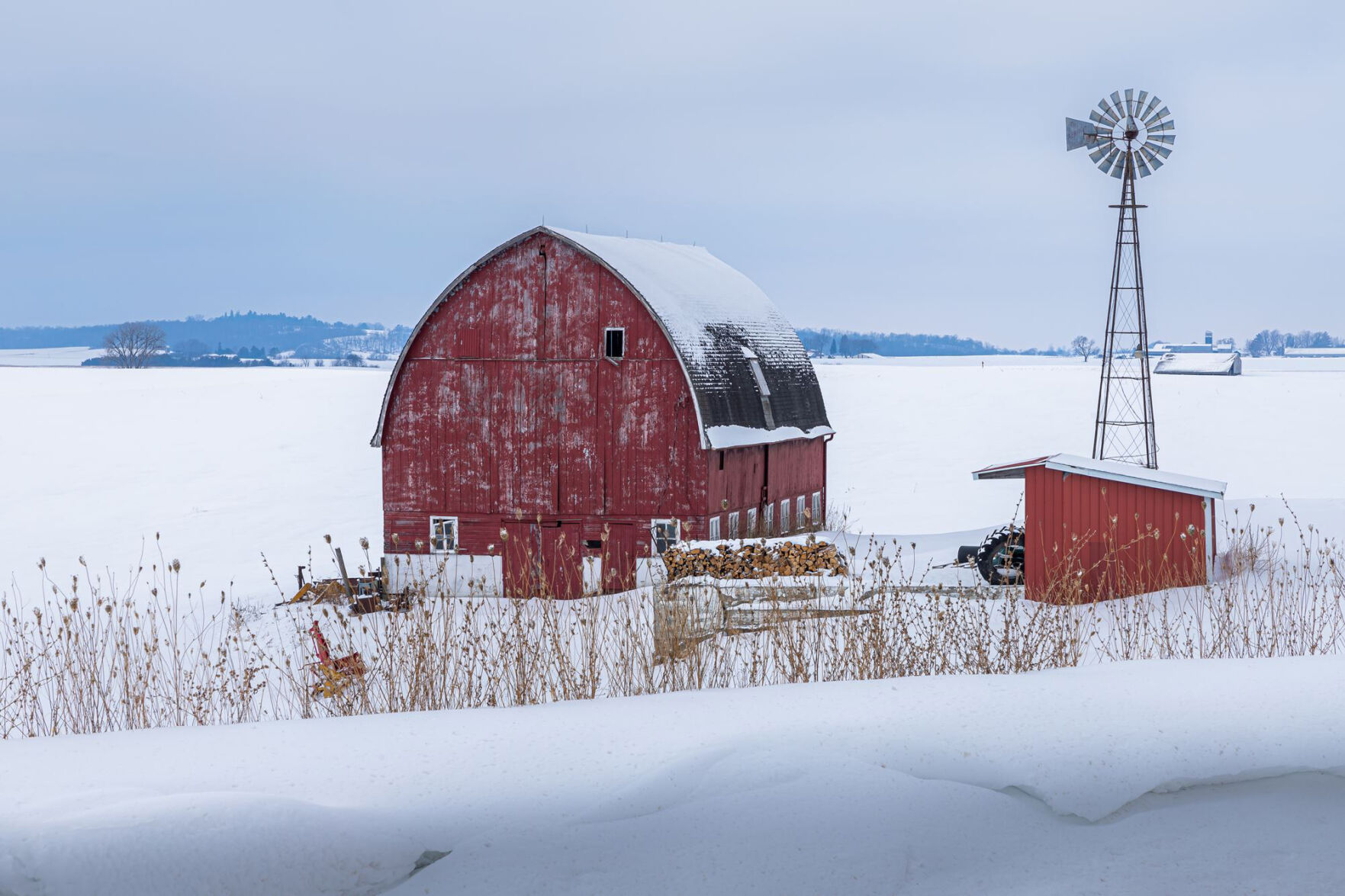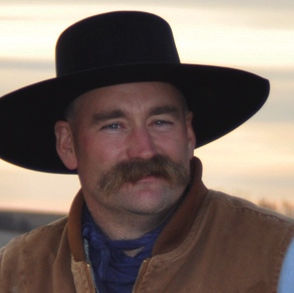By Trent Loos
Hopefully 2024 is already lighting up your life. While that is my attempt at being a bit humorous, in my opinion I believe we are on a path toward a period of dark days ahead. Even certain government agencies are talking about the lack of reliability in our current electric grid like this Reuters article from November 2023 and available at bit.ly/3RHqGFH:
“Nov 8 (Reuters) – More than half of the United States and parts of Canada, home to around 180 million people, could fall short of electricity during extreme cold again this winter due to lacking natural gas infrastructure, the North American Electric Reliability Corp (NERC) said on Wednesday.
“In its 2023-24 winter outlook, the regulatory authority warned that prolonged, wide-area cold snaps threaten the reliability of bulk power generation and availability of fuel supplies for natural gas-fired generation.”
United States coal plants are being forced to shut down as subsidies flow to wind and solar facilities. Meanwhile, China is building coal plants right and left. I encourage everyone to take a hard look at the data your electricity supplier is dealing with. It is all available to you in real time online.

During World War I, the U.S. ramped up the capacity to produce electricity for war efforts. When the war ended in 1918, the three major power supply companies went on a serious campaign to convince farmers and rural folks that electricity was a good thing.
I am sure that between the stubbornness of the farm population and simply folks’ reluctance to change, by 1932 only 10% of the folks in rural areas had electricity. That’s some resistance, unlike today when people will throw down money for the most recent fad in an instant.
There is one additional factor—transmission. Think about the ability to not only generate the amount of power that is needed on a minute-by-minute basis but also to deliver it to every corner of the country. In fact, it is reported that half of the folks who had electricity in the 1930s were generating their own power.
I am humored by one of the campaign concepts pitched to get rural folks “on the grid”:
“Electricity would improve the efficiency of work and the comforts of home life in rural areas, encouraging more Americans to stay on family farms.”
Clearly, electricity has greatly improved the efficiency of work.
With all of this said, in 1932 presidential candidate Franklin D. Roosevelt made establishing a Rural Electrification Administration a key component of his campaign. The money was made available to country folks who came together to organize cooperatives and build the systems needed to supply power to individuals in their area.
Today we appear to be at the other end of the spectrum. In my opinion, we are allowing the government’s “green” policies to destroy the reliability of our electric grid. ERCOT, the power grid for most of the state of Texas, has been very vocal this fall about the dangerous position we are in when it comes to peak power usage times in the winter. The same will be the case next summer.
Of course, what gets zero attention is how some countries in the world are ahead of us in the transition to green energy such as South Africa. I have personally talked to H2A workers on farms here in the U.S. who tell me about their life at home. Most recently I learned that they now get 12 hours of electricity delivered each week. That is all—12 hours with electric power for the week.
To steal a line from the electric promotion era of the 1920s, trying to convince the farmers that they need more power, is exactly spot on today. Farmers, ranchers and consumers in general must get more power but it is not just about electricity but rather every aspect of our lives. We need to take back the power to generate life-sustaining electricity by utilizing the resources we have buried under the soil of this nation.
Editor’s note: The views expressed here are the author’s own and do not represent the views of High Plains Journal. Trent Loos is a sixth generation United States farmer, host of the daily radio show, Loos Tales, and founder of Faces of Agriculture, a non-profit organization putting the human element back into the production of food. Get more information at www.LoosTales.com, or email Trent at [email protected].

